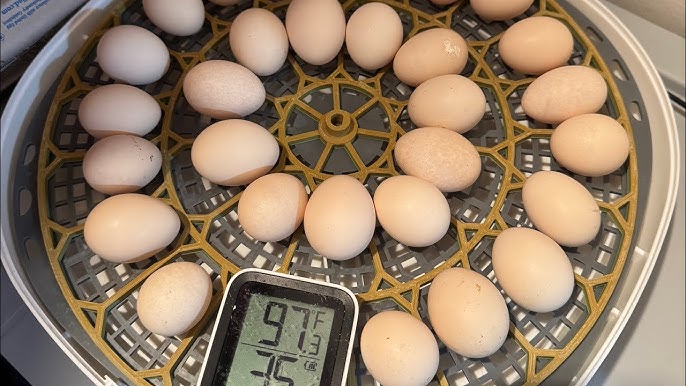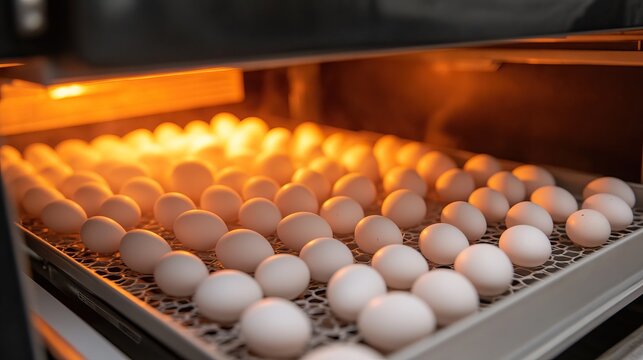For those venturing into the delightful realm of raising chickens, one of the first questions that often arises is, how long does it take to hatch chickens? The journey from egg to chick is a fascinating one, filled with anticipation and wonder. Understanding the hatching process is crucial for ensuring the health and vitality of your chicks. In this guide, we’ll explore the intricacies of chicken egg incubation and what you can expect along the way.

The Basics of Chicken Egg Incubation
Incubation is a delicate process. It involves maintaining the eggs at a specific temperature and humidity level to ensure successful hatching. On average, the incubation period for chicken eggs is about 21 days. However, this can vary slightly depending on several factors, which we will discuss further.
Understanding the 21-Day Incubation Period
The 21-day timeline is a general guideline. During this period, the embryo inside the egg develops into a chick. Proper care and monitoring are essential to ensure that the conditions are ideal for this transformation.
Factors Affecting the Incubation Period
Temperature and Humidity
Maintaining the correct temperature and humidity levels is crucial. The ideal temperature for a chicken incubator is around 99.5F (37.5C). Humidity should be around 50-55% for the first 18 days and then increase to 65-70% for the final days.
Egg Health and Fertility
The fertility of the eggs plays a significant role. Infertile eggs will not develop into chicks, and any health issues in the eggs can affect the hatching process.
Handling and Turning the Eggs
Regularly turning the eggs is vital to prevent the embryo from sticking to the shell. It’s recommended to turn the eggs at least three times a day. Avoid excessive handling to minimize the risk of contamination or damage.
Stages of Embryo Development
Day-by-Day Development
Each day of the incubation period is marked by significant changes in the embryo. By understanding these stages, you can better monitor the progress of your chicks.
Candling Eggs
Candling is a technique used to observe the development within the egg. It involves shining a light through the egg to see inside. Learn more about how often to candle eggs to monitor growth.
Preparing for Hatch Day
Signs of Imminent Hatching
As the 21-day mark approaches, there are signs that hatching is near. These include the egg rocking slightly and the chick making peeping sounds from inside the shell.
Setting Up the Brooder
Prepare a brooder for the chicks once they hatch. It should be warm and safe, providing the chicks with everything they need to thrive.
Common Challenges and Solutions
Temperature Fluctuations
Fluctuations in temperature can be detrimental to the hatching process. It’s crucial to use a reliable incubator and monitor conditions closely.
Ventilation in Incubators
Proper ventilation is essential to ensure that the developing chicks have enough oxygen. Ensure that the incubator is well-ventilated without letting the eggs dry out.
Frequently Asked Questions
What is the ideal temperature for incubation?
The ideal temperature is around 99.5F (37.5C).
How often should eggs be turned?
Eggs should be turned at least three times a day.
What should the humidity levels be?
Humidity should be 50-55% for the first 18 days, increasing to 65-70% for the final days.

Conclusion
Understanding how long it takes to hatch chickens is the first step in ensuring a successful hatching experience. By providing the right conditions and care, you can look forward to welcoming healthy chicks into your flock.
For more detailed information on hatching eggs at home, visit this comprehensive guide.
This article contains affiliate links. We may earn a commission at no extra cost to you.











